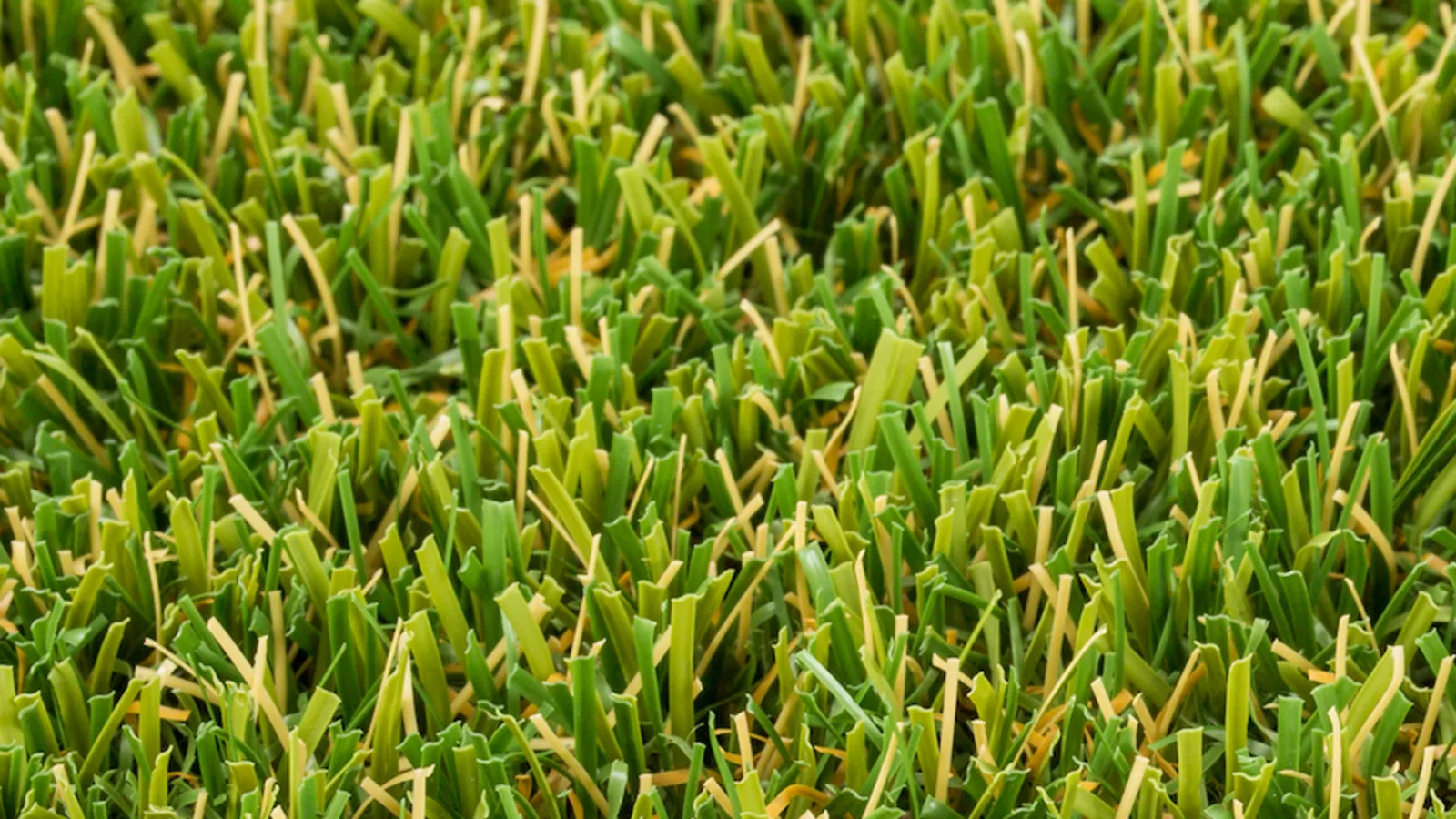A perfectly maintained golf green can elevate any practice experience, providing a smooth, consistent surface for putting and short game improvement. Achieving that level of precision with natural grass requires relentless upkeep - mowing, watering, aeration, and fertilization. This is why more golf enthusiasts, country clubs, and training facilities are turning to artificial golf green installation as a long-lasting, low-maintenance alternative.
Synthetic golf greens provide an all-weather playing surface that remains in peak condition year-round. Whether for a backyard putting green or a professional training facility, the right installation process ensures durability, proper drainage, and a smooth roll. Every detail—from selecting the best turf to preparing a solid foundation—plays a role in delivering a high-performance green that feels like the real thing.
Turf Tek USA designs and installs high-quality artificial golf greens tailored to every player's needs. Our expertise in commercial synthetic turf services allows us to create custom greens that replicate the experience of a championship course. With superior drainage systems, UV-resistant fibers, and precision installation, our golf greens are built for long-term performance.
In this guide, we'll reveal expert insights and practical tips for artificial golf green installation to ensure that your green meets professional standards.
Planning and Preparing for Installation
Proper planning and preparation for installation ensure a smooth, efficient process, optimizing durability and performance.
Choosing the Right Location for a Golf Green
A well-planned golf green starts with choosing the ideal location. Space availability, terrain, and sun exposure all play a role in ensuring a smooth and natural-looking installation.
An area with good sunlight exposure helps prevent excessive moisture retention, while proper drainage prevents water from pooling and disrupting play. The size of the green should align with the golfer's practice goals, whether focusing on putting, chipping, or a combination of both.
Flat areas provide a good base for installation, but a slightly sloped surface can add natural breaks and elevation changes, enhancing the putting experience. For backyards, the green should complement the landscape, integrating seamlessly with surrounding walkways, gardens, or patios. Commercial golf facilities often require larger greens with multiple hole placements, simulating different course conditions to refine short-game techniques.
Selecting the Best Golf Turf for Playability
Choosing the right golf turf is essential for achieving a smooth, consistent ball roll. Not all artificial grass is designed for golf, and using the wrong type can negatively impact performance. A high-quality putting green turf has shorter, dense fibers designed to replicate the speed and feel of a professional course.
For a well-rounded practice area, fringe and rough grass can be added around the putting surface. This transition zone mimics real course conditions, allowing golfers to practice a variety of shots. The best artificial golf turf is UV-resistant and weatherproof, designed to retain its vibrant green appearance and structural integrity for years.
Designing a Custom Green with Realistic Features
A golf green should be more than just a flat patch of turf. The best installations incorporate undulations, breaks, and fringe grass to create a true-to-life playing experience. Customizing the layout allows golfers to practice putts with different speeds and slopes, refining their ability to read greens.
Hole placement is another key consideration. Multiple cup locations provide variety, allowing for a more dynamic practice routine. Adding additional features such as sand traps or chipping areas further enhances versatility, making the green suitable for more than just putting drills.
Site Preparation and Base Construction
Site preparation and base construction are important steps that ensure a stable, level foundation for turf installation, promoting longevity and proper drainage.
Excavating and Leveling the Ground
Before laying turf, the existing surface must be excavated to remove grass, weeds, and debris. Uneven terrain can lead to poor ball roll and water retention, making precise grading a critical step in the preparation process.
The ground should be leveled while maintaining slight slopes where necessary for realistic putting conditions. Any major depressions or bumps need to be smoothed out before adding the base layers. The goal is to create a compact, even surface that will support the turf while maintaining a natural look.
Constructing a Solid Base for Durability
The base layer is what provides the structure and stability for the green. A mix of crushed stone, decomposed granite, or another permeable material is spread across the surface and compacted tightly. This base allows for proper drainage while preventing the turf from shifting or developing wrinkles over time.
A layer of geotextile fabric is often placed beneath the base material to prevent weed growth and maintain long-term structural integrity. The thickness of the base depends on factors such as expected foot traffic and the overall size of the green.
Installing a Drainage System for All-Weather Play
An effective drainage system keeps the golf green playable regardless of weather conditions. Without proper drainage, water can accumulate beneath the turf, leading to poor surface stability and mold growth.
Perforated drainage pipes may be installed beneath the base layer to direct excess water away from the green. For natural drainage, a slight slope can help water flow off the surface.
Installing the Artificial Turf and Finishing Touches
Installing artificial turf and adding finishing touches ensures a seamless, professional look, enhancing both aesthetics and functionality.
Rolling Out and Securing the Turf
Once the base is ready, the artificial turf can be installed. The turf is carefully rolled out and positioned to fit the designated area, ensuring that it aligns with the intended layout. Any overlapping sections are trimmed precisely to create clean seams, giving the putting green a seamless, professional appearance.
Properly securing the turf prevents movement or wrinkling over time. Edges are anchored using landscape spikes, adhesive, or a combination of both, depending on the installation method. For larger greens, specialized joining tape and adhesive help bind turf sections together, ensuring a smooth, uninterrupted surface. Turf fibers should follow a uniform direction for consistent ball roll.
Applying Infill for Realistic Play and Longevity
To achieve a true-to-life putting experience, an infill material is spread evenly across the turf. The infill serves multiple purposes, including stabilizing the turf, improving ball roll, and enhancing durability.
The type of infill used depends on the desired green speed and performance. Fine sand is the most commonly used infill for golf greens because it provides the right level of firmness while allowing the ball to roll naturally. The amount of infill added is carefully controlled to match the preferred green speed, ensuring that the ball moves consistently without excessive friction or drag.
A mechanical brush is used to distribute and settle the infill evenly throughout the turf fibers. This process ensures that the putting surface remains smooth and maintains its shape over time. Brushing also helps the turf fibers stand upright, preventing matting and preserving the realistic look of the green.
Final Adjustments for a Perfect Putting Surface
Once the infill is settled, final adjustments are made to optimize playability. A turf roller is used to compact the surface gently, replicating the feel of a natural putting green. Any uneven areas are smoothed out to prevent inconsistencies in ball roll.
Hole placements are finalized by cutting openings into the turf and installing cups securely. Multiple hole placements can be added for variety, allowing golfers to practice different angles and distances. If fringe grass or rough zones are included in the design, they are carefully integrated to create a smooth transition between the putting surface and surrounding areas.
After installation, a test run is performed to ensure that ball speed, bounce, and overall playability meet expectations. Small adjustments can be made by adding or redistributing infill until the surface plays exactly as desired.
Maintenance and Long-Term Care
An artificial golf green is designed to require minimal maintenance, but regular cleaning helps preserve its performance and longevity. Leaves, dirt, and debris should be removed regularly to keep the surface clear. A simple leaf blower or a light brush is effective in maintaining a pristine playing area.
Occasional rinsing with water helps prevent dust buildup and keeps the turf fresh. If organic debris accumulates, a gentle turf-safe cleaner can be used to remove stains or dirt without damaging the fibers. By keeping the surface clean, the green maintains optimal conditions for play throughout the year.
Over time, foot traffic and repeated ball impact can cause the turf fibers to lean in different directions. Brushing the turf periodically helps keep the fibers upright, ensuring a consistent ball roll. A stiff-bristle broom or a specialized turf brush is recommended for this process.
Infill levels should also be checked periodically to ensure that the green remains firm and plays at the correct speed. If necessary, additional infill can be applied and brushed into the turf to maintain the desired putting conditions. Rolling the turf occasionally helps to replicate the natural compression of a grass green, keeping ball speed consistent.
Artificial golf greens are built to withstand various weather conditions, but certain precautions can help extend their lifespan. During colder months, if the green is covered in snow or ice, it is best to let it melt naturally rather than using sharp tools or heavy shoveling, which could damage the turf.
For regions with extreme heat, choosing UV-resistant turf helps prevent fading and material breakdown. If excessive debris from trees or plants surrounds the green, periodic trimming of nearby landscaping can minimize organic material buildup.
Perfect Your Game with our Professional Touch
An artificial golf green installation offers the perfect blend of performance, convenience, and long-term value. Whether for a backyard putting green, a resort golf amenity, or a professional training facility, a well-installed artificial green provides the ultimate surface for refining short-game skills.
Turf Tek USA takes pride in being a trusted synthetic golf green installer, delivering top-quality greens that replicate the experience of championship courses.
We customize each installation to meet the client's exact needs, from realistic undulations to precise ball roll consistency. Our artificial grass products are designed for durability, weather resistance, and peak performance, making them an excellent choice for both residential and commercial golf applications.
Contact us today to discuss your project and see how our professional artificial grass installation services can bring your vision to life.


